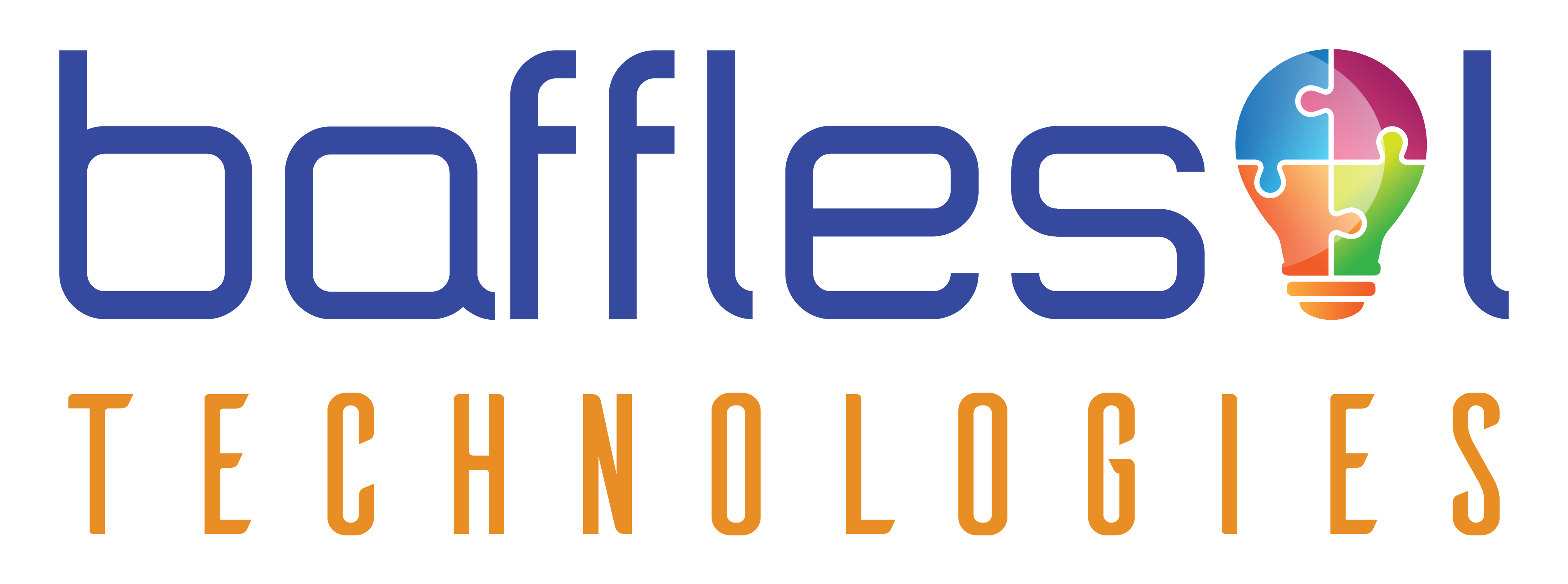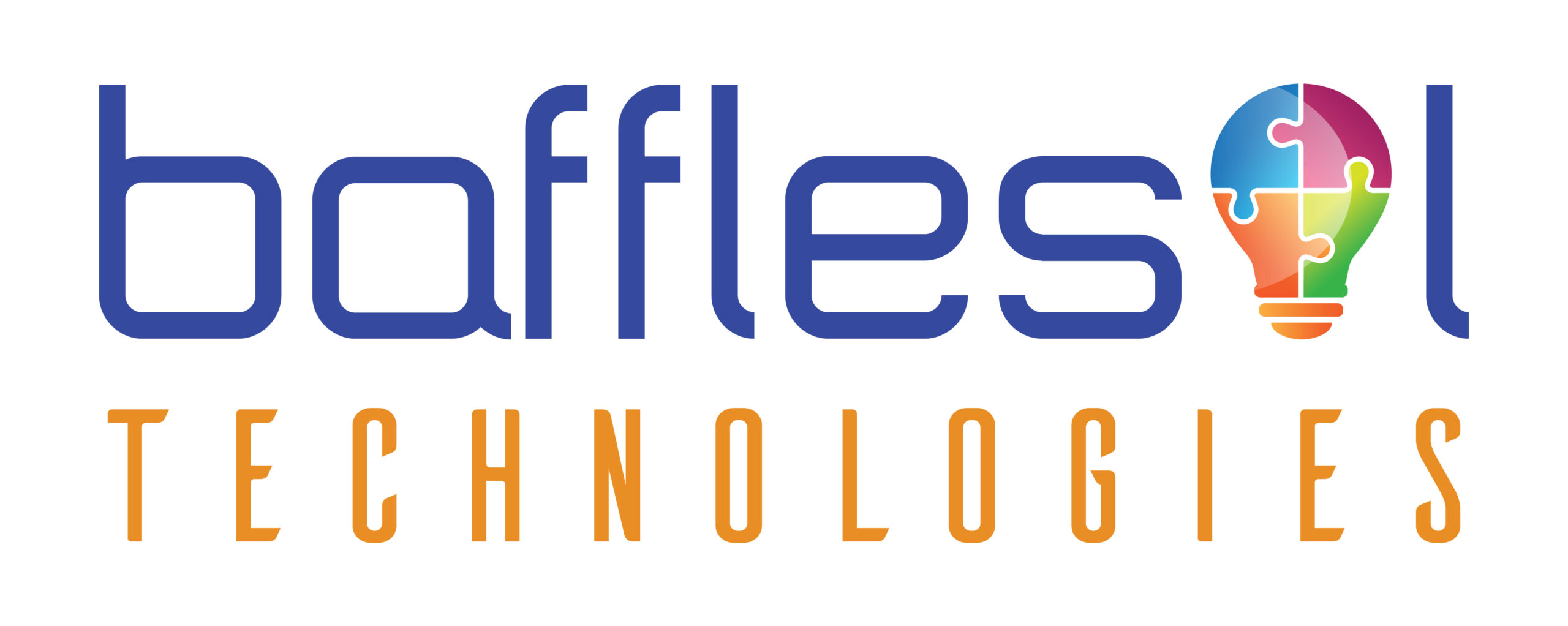Those old baggy jeans are very comfortable. No matter how much you love them, you’ll have to consider replacing them. Softwares are no exception. They might still serve the purpose, but automation and integration to new-age tools might become challenging. Updating legacy systems can be a complicated process with a lot of things to consider. In commodities, high ownership costs of these systems worked when commodity trading margins were high. Still, with decreasing margins and supply chain becoming difficult, it’s high time trading businesses re-evaluate them. Change is not easy, but we need to learn to manage it.
But why should you consider upgrading your CTRM solution –
- ERP is disintegrated, and finance & accounting information is processed in different systems, making it difficult to visualize and treat data. It also has multiple backends to store similar data.
- Market feeds, supply chain disruptions, weather predictions, etc., sit outside your Commodity Management Solution(CMS) and are managed in the silo.
- Report generation needs technical intervention and takes forever to get the customized report.
- Automated workflows are missing, like the movement of the contract to the next team is a manual process, document generation needs user intervention.
- Integration with new and latest mobile-enabled apps is complex.
Though there are costs to upgrading to new systems — such as training, testing, and evaluating the existing business processes — the net benefits of new solutions compared to old, outdated systems are evident. These new systems give much broader commodity management functionality, with both CMS+ERP capability that helps businesses grow.
What is the best way to take care of these digital transformation updates while still keeping your business up and running?
- Features: Identifying Must have, should have, and may have features to ensure that everyone understands critical elements needed to run the business efficiently. It is also strongly recommended to run a comparison check with new products available to understand the latest trends and how they can impact business requirements.
- R&R: Since the new system and new features added impact the way business functions, it is good to highlight business unit impacts, dependencies and assign different owners to avoid ambiguity.
- Security & Roles: Security for any solution should be a topic of extended discussions at the C-level. With precisely defined access privileges, a clear definition for data security should be set post proper discussion and analysis. An adequately articulated plan for penetration testing can help customers make sure their solutions and data are secure.
- Scalability and Hot Fixes: Transparent upgrades, easy upgrade to system for new feature release that doesn’t impact the system stability is a must! Software (like Microsoft Dynamics) that provides the ability to opt-in and opt-out of these upgrades and/or schedules them at the client’s liberty can provide the flexibility which commodity and trading organizations often need.
- Regulatory Compliance: Key requirements in this area include providing adequate support for flexible segregation of duties matrix. Detailed audit and user activity reports on demand should be clearly outlined well in advance with needed third-party integration.
- Parallel Run: Don’t retire your legacy CTRM system immediately after go-live. Run both systems in parallel for a week or two. This would make the legacy system available as of fallback in case something goes wrong. Only different expectations will reconciliation of both the software at the end of the day.
As clients define new ways and processes for their business, CMS providers need to understand how their existing Commodity Management system can support this change. In today’s modern commodity and trading enterprises, speed is the game. And with a centralized integration platform, enterprises can connect with trading partners faster and better serve their customers. Upgrading to a new cloud-based solution allows organizations to connect, integrate, and analyze every single end-to-end data flow between partners, suppliers, or external vendors as well as your internal business systems.



